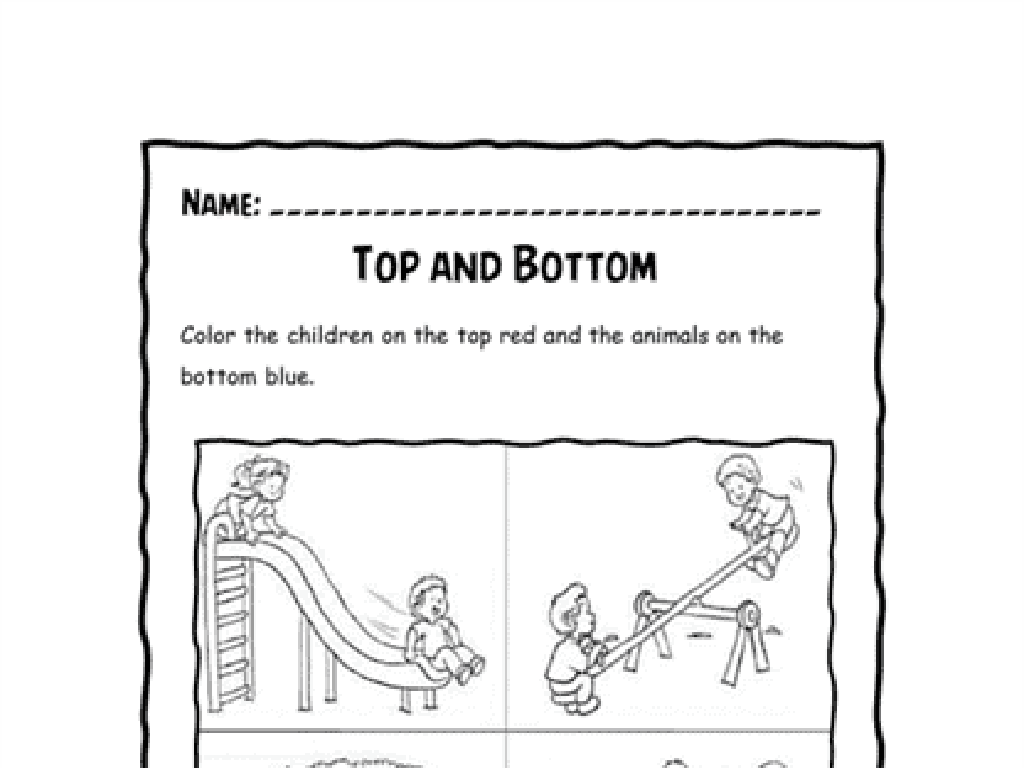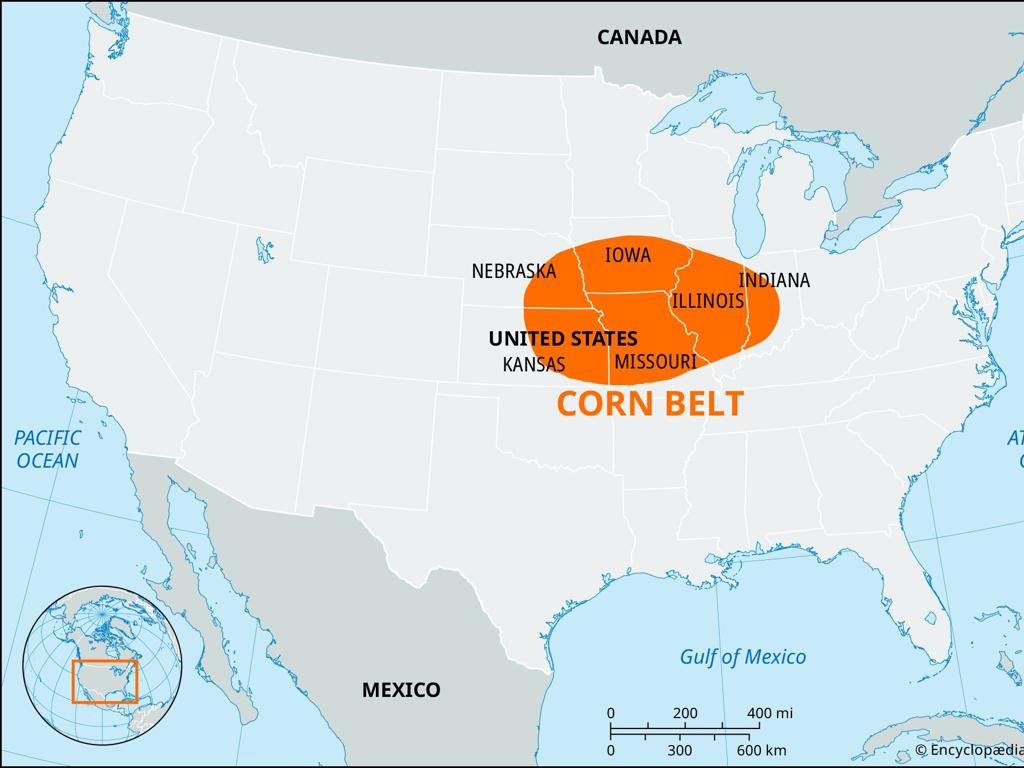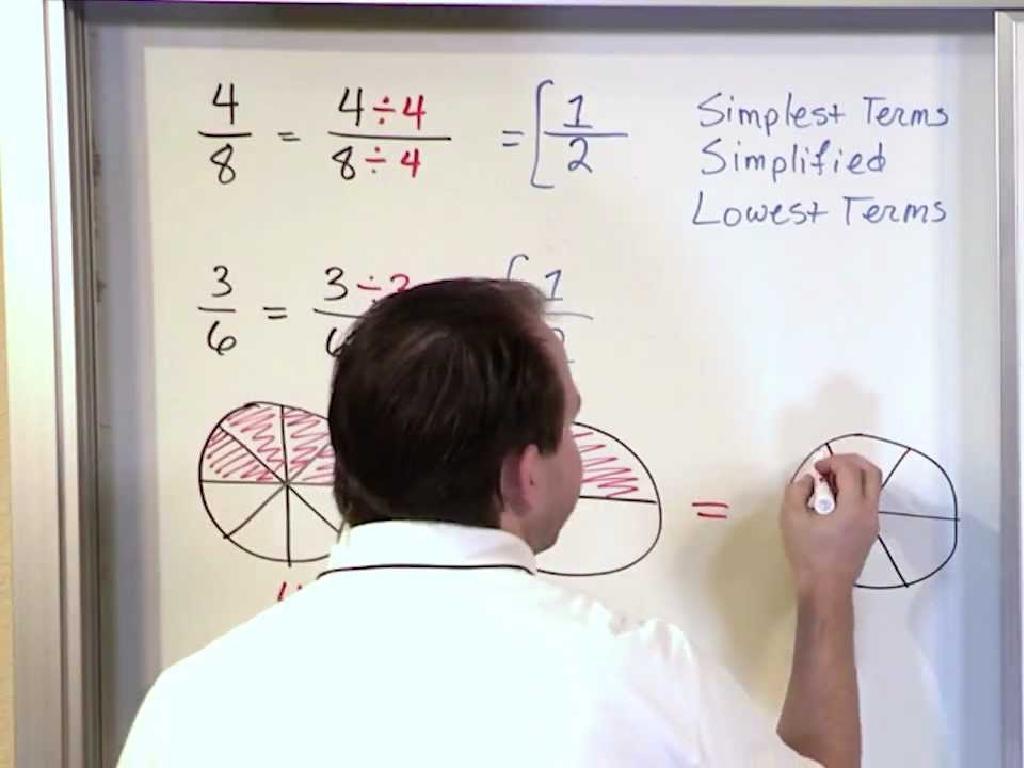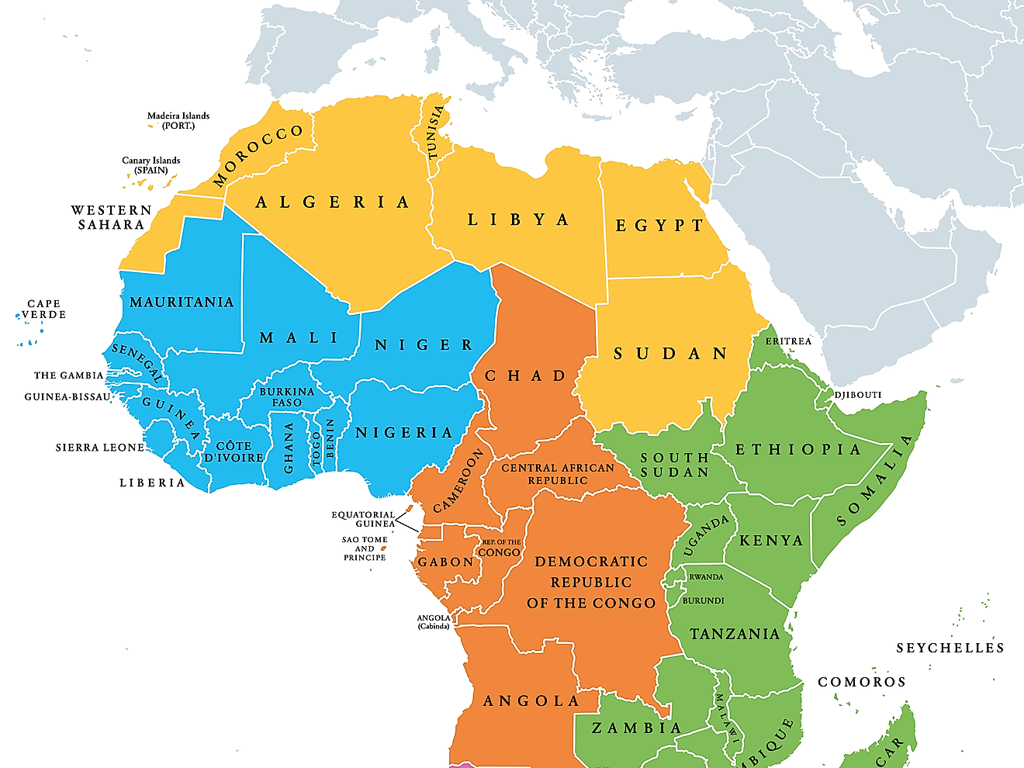Multiply 1-Digit Numbers By 3-Digit Or 4-Digit Numbers Using Expanded Form
Subject: Math
Grade: Fourth grade
Topic: Multiply By One-Digit Numbers
Please LOG IN to download the presentation. Access is available to registered users only.
View More Content
Multiplying Big Numbers with Expanded Form
– Start with 1-digit multiplication
– Expand 3-digit and 4-digit numbers
– Break down a number like 2,345 into 2000 + 300 + 40 + 5
– Multiply each part separately
– If we multiply 6 by 2,345, do 6 x 2000, 6 x 300, 6 x 40, and 6 x 5
– Add up all the parts for the total
– Combine the products: 12,000 + 1,800 + 240 + 30
|
This slide introduces students to the concept of multiplying larger numbers by breaking them down into smaller, more manageable parts using expanded form. Begin by reviewing single-digit multiplication as a foundation. Then, demonstrate how to expand a 3-digit or 4-digit number into its thousands, hundreds, tens, and ones. Next, show students how to multiply each expanded part by the 1-digit number. Finally, guide them to add all the products together to find the total. Encourage students to practice with different numbers and ensure they understand each step before moving on to more complex problems.
Review: Multiplication Basics
– Quick review: 1-digit multiplication
– Refresh on multiplying numbers like 7 x 2
– Multiplication equals repeated addition
– Understand multiplication as adding a number over and over
– Example: 4 x 3 as repeated addition
– 4 x 3 is 4 + 4 + 4, which equals 12
|
Begin the lesson with a quick recap of how to multiply single-digit numbers, ensuring that students are comfortable with the concept before moving on to more complex problems. Emphasize that multiplication is a shortcut for repeated addition, which they are already familiar with. Use concrete examples, such as adding the number 4 three times, to illustrate this point. This foundational understanding will help them grasp the concept of using expanded form to multiply larger numbers by a single digit. Encourage students to think of multiplication as a faster way to add the same number multiple times.
Expanded Form: A Closer Look
– Understanding Expanded Form
– It shows the value of each digit in a number.
– Breaking down into place values
– Separate numbers into hundreds, tens, and ones.
– Example: Expanding 234
– 234 becomes 200 (2 hundreds) + 30 (3 tens) + 4 (4 ones).
– Multiplication with Expanded Form
– Use expanded numbers to simplify multiplication.
|
This slide introduces the concept of expanded form, which is a way of writing numbers to show the value of each digit. It’s important for students to understand that numbers are made up of different place values, and breaking them down can simplify complex multiplication. For example, when multiplying a 1-digit number with a 3-digit number like 234, they can expand it to 200 + 30 + 4 and multiply each part separately by the 1-digit number. This method helps students to manage larger numbers in multiplication by dealing with smaller, more manageable parts. Encourage students to practice expanding different numbers and using this technique to multiply with larger numbers.
Multiplying with Expanded Form
– Step 1: Expand the 3-digit number
– Break down 356 to 300 + 50 + 6
– Step 2: Multiply by the 1-digit number
– Multiply 5 by 300, 50, and 6 separately
– Step 3: Add the products together
– Add 1500, 250, and 30 to find the total
|
This slide introduces students to the concept of multiplying larger numbers using expanded form, which breaks down the process into manageable steps. Start by explaining how to expand a 3-digit number into its hundreds, tens, and ones. Then, demonstrate how to multiply each expanded part by the 1-digit number. Finally, show how to add all the products together to find the final answer. Use an example like 5 x 356, where 356 is expanded to 300 + 50 + 6, and then each part is multiplied by 5 (5 x 300 = 1500, 5 x 50 = 250, 5 x 6 = 30), and the sum of 1500, 250, and 30 gives the final answer of 1780. Encourage students to practice with different numbers to solidify their understanding.
Let’s Practice Multiplication with Expanded Form!
– Break down 352 into expanded form
352 becomes 300 + 50 + 2
– Multiply 6 by each part of 352
Do 6 x 300, 6 x 50, and 6 x 2
– Add the products together
Combine 1800, 300, and 12
– Find the final answer
The result of 6 x 352 is 2112
|
This slide is a class activity designed to help students practice multiplying a 1-digit number by a 3-digit number using expanded form. Start by explaining the concept of expanded form, which breaks down a number into the sum of its parts. Then, guide students through the process of multiplying each part by the 1-digit number. Emphasize the importance of aligning the numbers correctly when adding the products. The final step is to combine the products to find the final answer. Provide additional examples and encourage students to try more exercises for practice. For instance, multiply 7 by 425 or 8 by 734 using the same steps. This will reinforce the concept and improve their multiplication skills.
Group Activity: Multiplying with Expanded Form
– Split into groups for multiplication
– Use expanded form for 1-digit by 3-digit
– Break down 3-digit numbers into hundreds, tens, and ones
– Solve the provided problems
– Share solutions and methods
– Discuss how you solved the problems and explain your steps
|
This group activity is designed to encourage collaboration and hands-on practice with expanded form multiplication. Divide the class into small groups and provide each with a set of multiplication problems involving 1-digit by 3-digit numbers. Students should apply their knowledge of expanded form by breaking down the 3-digit numbers into hundreds, tens, and ones before multiplying. After solving the problems, each group will present their solutions and explain the steps they took to reach their answers. This will help reinforce their understanding and allow them to learn from each other’s methods. Possible activities could include multiplying numbers with different levels of difficulty, using manipulatives to represent the numbers, or creating a poster to display their work.
Multiplying 1-Digit by 4-Digit Numbers
– Understand the steps for multiplication
– Work through a guided example
– Let’s multiply 4,321 by 3 using expanded form
– Align numbers correctly
– Place value is key: 4000, 300, 20, 1
– Practice with careful alignment
– Misalignment can lead to errors
|
This slide is aimed at teaching fourth graders how to multiply 1-digit numbers by 4-digit numbers using expanded form. Start by reviewing the steps of multiplication, emphasizing that the same rules apply regardless of the number of digits. Walk through a detailed example, such as 4,321 x 3, breaking it down into expanded form (4000 x 3, 300 x 3, 20 x 3, and 1 x 3) and then combining the results. Stress the importance of aligning numbers correctly to avoid mistakes. Provide additional practice problems for students to complete, ensuring they understand the concept of place value and alignment in the process of multiplication.
Class Activity: Math Multiplication Art
– Choose two numbers for art
– Multiply using expanded form
– Break down the larger number and multiply each part by the 1-digit number
– Draw arrays to show multiplication
– Each array represents a part of the expanded multiplication
– Present and explain your artwork
|
This activity combines creativity with math to help students visualize multiplication. Students will select a 1-digit number and pair it with a 3-digit or 4-digit number. They will then use expanded form to break down the multiplication into manageable parts. For example, if the numbers are 4 and 1,234, they would expand to 4 x 1,000, 4 x 200, 4 x 30, and 4 x 4. Students will draw arrays representing each part of the multiplication, using colors and creativity. Once completed, they will present their art piece to the class, explaining the multiplication process they used. This will help reinforce their understanding of multiplication and how to apply it using expanded form. Possible variations for different students could include using different number combinations or creating a collage of arrays to represent multiple multiplication problems.
Conclusion & Homework: Mastering Multiplication
– Congratulations on learning multiplication!
– Practice with your worksheet at home
– Try to solve each problem using expanded form
– Aim for accuracy and speed
– Check your work to help remember the steps
– Share your answers next class
|
Well done on today’s lesson on multiplying 1-digit numbers by 3-digit or 4-digit numbers using expanded form. For homework, students are provided with a worksheet to reinforce the concepts learned in class. Encourage them to practice not just for completion but to understand each step of the process. Remind them to work on their speed as well as accuracy, as both are important skills in mathematics. In the next class, we’ll review the homework together, allowing students to share their solutions and discuss any challenges they faced. This will help solidify their understanding and give them confidence in their ability to tackle large multiplication problems.






